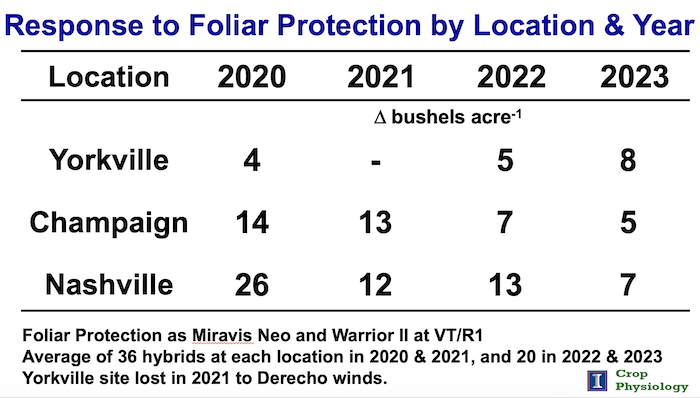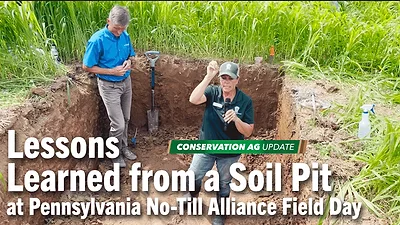University of Illinois professor Fred Below says there are three crucial factors that no-tillers need to have right before diving into the management strategies outlined in his famous “7 Wonders of the Corn Yield World.”
Below revamped the 7 wonders at the 2024 National No-Tillage Conference with help from Connor Sible, research associate at the University of Illinois, to address an environment where 300 bushels per acre isn’t as rare as it once was. The 7 factors provide a framework for understanding the value of management needed to produce 300 or more bushels per acre of corn.
Before assessing the 7 factors that can have a positive influence on yield, Below says strip-tillers need to have 3 prerequisites.
“Either they don't have to be done every year or they don't necessarily add yield,” Below says. “And I don't mean they're not important — they're actually crucial.”
Those prerequisites are:
- Soil structure and drainage, which can be improved with strip-till and cover crops.
- Control of weeds, pests and diseases. Below says without foliar protection — the friendly name he’s given to insecticides and fungicides — a strip-tiller is unlikely to grow 300-bushel corn. University of Illinois research shows an average yield increase from foliar protection.
“In 2023, we didn't see a single disease symptom, but we still got 5-7 bushels more from foliar protection,” Below says. “That's a prerequisite. I'm pretty sure you're not going to grow 300 bushels without it.” Researchers at the University of Illinois assessed the average increase in yield at three locations in Illinois, listed from north to south on this chart. Yields increased by anywhere from 4 to 26 bushels per acre with the use of foliar protection. “This is averaged over 36 hybrids in 2020-21 and 20 hybrids in 2022-23. So there's a hybrid range, but you notice they're all positive.”
Researchers at the University of Illinois assessed the average increase in yield at three locations in Illinois, listed from north to south on this chart. Yields increased by anywhere from 4 to 26 bushels per acre with the use of foliar protection. “This is averaged over 36 hybrids in 2020-21 and 20 hybrids in 2022-23. So there's a hybrid range, but you notice they're all positive.” - Proper soil pH and adequate base levels of phosphorus and potassium. Below says most soil tests were calibrated in the 1960s and early ’70s when 200 bushels was the high end of yield. In order to identify the adequate base level, Below says no-tillers need soil test values that are not calibrated to corn yields.
Related Content
[Podcast] Use Strip-Till to Push Corn Planting Populations
Band Fertilizer for Higher Corn Populations & Yields
Networking & Knowledge at 2024 National No-Tillage Conference







